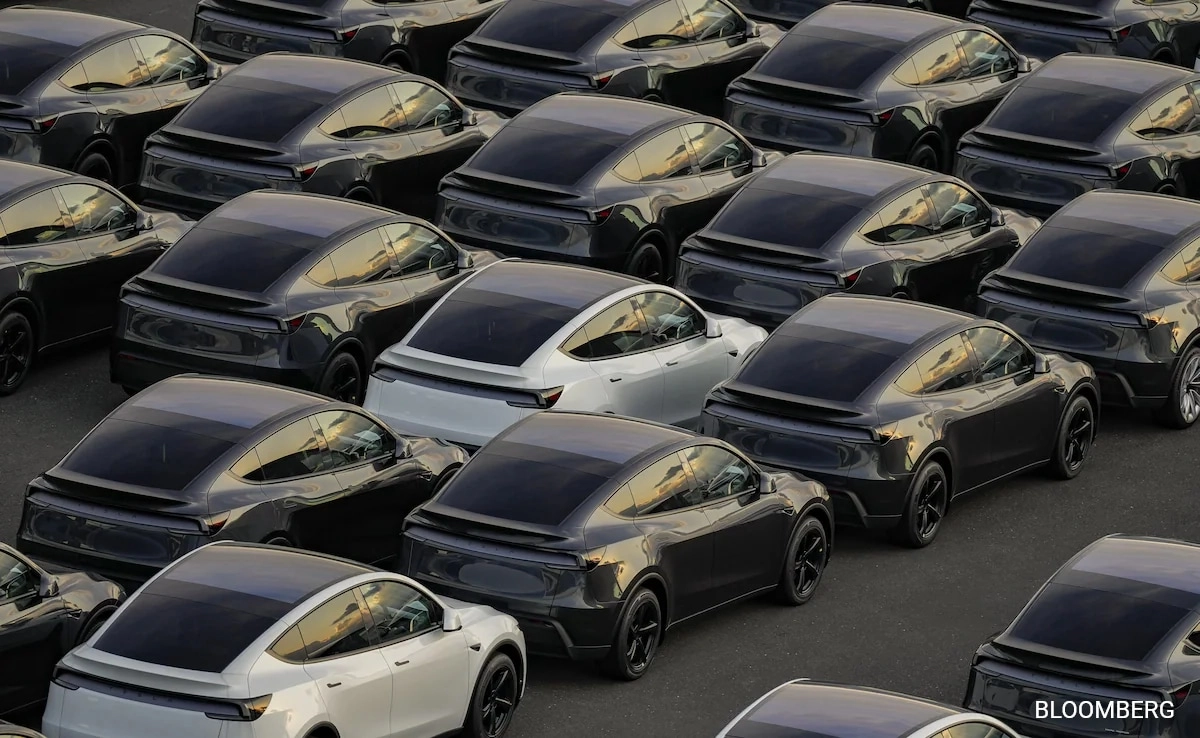Tesla has recently made the significant decision to shut down its Dojo supercomputer team, a move that has raised eyebrows within the tech and automotive industries. The Dojo supercomputer was initially envisioned as a groundbreaking project aimed at enhancing Tesla’s artificial intelligence capabilities, particularly in the realm of self-driving technology. As the company has been aggressively pursuing advancements in autonomous driving, the supercomputer was intended to process vast amounts of data from Tesla’s fleet, enabling the company to refine its AI algorithms and improve vehicle performance. However, internal reports suggest that the decision to disband the team stems from a combination of strategic realignment and evolving business priorities.
One of the primary reasons behind this shift appears to be Tesla’s focus on optimizing its resources and streamlining operations. As the company continues to scale its production and enhance its product offerings, leadership has reassessed its technological needs and determined that the current trajectory of AI development does not necessitate the continued investment in the Dojo project. Instead, Tesla aims to allocate its resources towards other initiatives that may yield more immediate results in the competitive electric vehicle market. This decision underscores the dynamic nature of the tech landscape, where companies must constantly adapt to changing circumstances to maintain a competitive edge.
Moreover, the closure of the Dojo supercomputer team highlights the ongoing challenges and complexities associated with developing cutting-edge AI technologies. The landscape of artificial intelligence is rapidly evolving, and companies are often faced with the dilemma of whether to invest heavily in proprietary systems or leverage existing solutions that may be more cost-effective and efficient. By shutting down the Dojo project, Tesla may be signaling a shift towards more collaborative approaches, potentially exploring partnerships with other tech firms that specialize in AI and machine learning. This pivot could enable Tesla to accelerate its advancements in autonomous driving without the overhead costs associated with maintaining a large in-house supercomputing team.
In conclusion, Tesla’s decision to shut down its Dojo supercomputer team reflects a broader strategy to streamline operations and focus on more immediate business needs. As the company continues to innovate and push the boundaries of electric vehicle technology, it remains to be seen how this shift will impact its long-term vision for autonomous driving. While the closure of the Dojo team marks the end of an ambitious project, it also opens the door for new opportunities and collaborations in the ever-evolving landscape of artificial intelligence and transportation. Tesla’s ability to adapt to these changes will be crucial as it navigates the challenges and opportunities ahead in the competitive automotive market.




